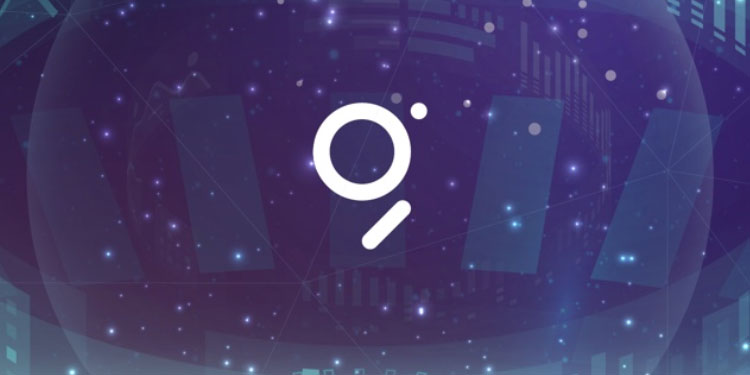The Graph Foundation, overseers of The Graph, an indexing and query layer for the decentralized web, today unveiled Scalar, a scalable microtransaction technology built on the Connext Vector protocol that enables new business models for a new wave of infrastructure and applications.
Scalar uses state channels to aggregate and compress transactions before being finalized on-chain. Now, node operators have a new way to monetize their infrastructure through query fees paid in GRT, and data providers can be paid directly for making useful data available for apps without paywalls and ads.
The community found that no existing infrastructure for microtransactions was sufficient to support the volume of transactions required for the network. Scalar will ultimately make using The Graph more efficient and reliable because query fee transactions will be faster and cheaper for DApp developers.
Eva Beylin, Director at The Graph Foundation says, “We’re excited to unveil Scalar for The Graph Network and contribute to layer 2 scalability for the Web3 community at large. In order for Web3 infrastructure to function efficiently, query fees paid in GRT must be as frictionless as possible. Scalar solves this problem for The Graph and will also help the decentralized community of builders to collaborate on microtransaction solutions. ”
Adoption of state channels enables the technology industry to shift from a paradigm of businesses and platforms paying for ongoing storage, compute, and other services required to run applications, toward users directly paying decentralized service providers for granular usage of resources.
Zac Burns, Software Engineer at Edge & Node, says “Web3 transactions shouldn’t require monumental engineering effort. Web3 developers want to focus on the core business and know that transactions will scale with demand instead of toppling their infrastructure. That’s why we worked with The Graph Foundation to build Scalar.”
Building Scalar with the Connext Vector protocol
The Graph Foundation and software development company Edge & Node, founded by the initial team behind The Graph, co-developed Scalar with Connext, a peer-to-peer protocol specialized in microtransactions for the Internet economy.
Connext is a leader in layer 2 scalability and has been awarded grants from the Ethereum Foundation and recently closed $2.2M in fundraising led by Polychain Capital. The Graph Foundation and Edge & Node worked closely with Connext to develop Scalar.
Arjun Bhuptani, Co-Founder and Project Lead at Connext Network, says “The work The Graph Foundation and Edge & Node are doing in the space is groundbreaking. We’re happy to lend our expertise to help take The Graph Network to the next stage of its story. Projects like The Graph are what’s needed to bring Web2 developers across to Web3.”
The development of Scalar has taken nearly two years of intense research and development on state channels and is now ready for the Web3 ecosystem. Scalar will be open-sourced for the betterment of Web3 and Ethereum communities so any application can use Scalar for processing transactions efficiently. Slow transaction speeds can deter users from interacting with applications. Scalar will help make products more functional to ultimately advance the Web3 economy.
Restoring the web’s original mission
The Graph’s hosted service has seen consistent usage growth, representing a mass movement and interest in the decentralized Internet. In March alone, The Graph’s hosted service processed more than 19 billion queries – over 600 million queries per day. The number of developers deploying subgraphs has also grown nearly 20% month over month. The major jump in Web3 use cases such as DeFi and NFTs has created unprecedented demand for a truly decentralized and scalable query processing system.
Yaniv Tal, Co-Founder, and CEO of Edge & Node said, “The original vision of the Internet included a microtransaction system used for payments, refunds, and tipping. This system was started but never finished, though remnants of it can be seen in the ‘payment required’ 402 error code. Scalar completes the work of the early Internet architects by putting microtransactions directly into the fabric of the web.”
The Graph Network is one of the fastest-growing decentralized networks. DApps using The Graph include DeFi giants Uniswap, AAVE, Synthetix, 1inch, Balancer, and Curve. Coinmarketcap and CoinGecko also leverage subgraphs to pull data. Subgraphs are also used by large NFT marketplaces such as Upshot, Zora, KnownOrigin, Foundation, Mintbase, Decentraland, Bondly, and SuperRare.
